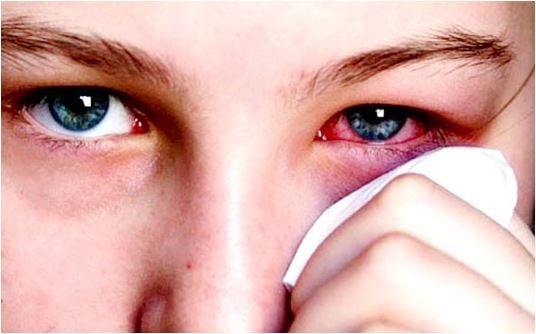
Polluted environment is the cause of infectious eye diseases, of which conjunctivitis is common - Illustration photo
According to Dr. Phung Thi Thuy Hang - Deputy Head of the Ophthalmology Department of Bach Mai Hospital, heavy rainfall causing flooding brings dirt, toxins, and a polluted environment that causes infectious eye diseases, of which conjunctivitis, also known as pink eye, is common and can become an epidemic after floods.
Conjunctivitis will increase in communities lacking clean water. The age groups most susceptible to eye diseases are children under 15 years old and adults over 60 years old. The disease is highly contagious and can become large epidemics.
There are many pathogens such as bacteria. Many types of bacteria can cause acute conjunctivitis such as pneumococcus, staphylococcus, streptococcus. In addition, viruses also cause the disease, the most common is denovirus, which often spreads strongly causing large epidemics (pharyngoconjunctivitis) due to its respiratory transmission and ability to survive for a long time in the environment.
In addition, the patient is exposed to allergens that cause rapid redness of both eyes, severe itching, causing the patient to rub his eyes, which is the cause of secondary infection.
When is conjunctivitis diagnosed?
Doctor Hang said that after the incubation period (from the time of contact with the source of infection) 2-3 days will appear signs of itchy eyes, red eyes, glare, fear of light, watery eyes and a lot of eye discharge.
Eye discharge often appears in the morning when waking up, causing the eyelids to stick together, making it difficult for the patient to open their eyes. Eye discharge also makes the patient feel difficult to see, but vision is usually not reduced. At first, it only appears in one eye, after a few days it appears in the other eye.
Eye examination reveals red and swollen eyelids, conjunctiva congestion and edema. There is a lot of discharge on the eyelid margins and conjunctival surface. In some cases, there may be subconjunctival hemorrhage.
Severe cases can cause corneal damage such as keratitis, in which vision is significantly reduced and lasts for many months. In addition, the patient may have a mild fever, runny nose, swollen lymph nodes in front of the ear or jaw angle, sore throat, and swollen tonsils.
Conjunctivitis in children is often severe because the child's local immunity is weak, and the soft tissues around the child's eyes are loose, making them susceptible to severe swelling reactions.
"Parents should take their children to see a doctor if they see swollen, red eyes, or a lot of discharge. Children need to be especially careful because they cannot speak and crying makes it difficult to apply eye drops and examine their eyes. Treating conjunctivitis in children is more complicated and takes longer than in adults, requiring the efforts of both medical staff and parents," Dr. Hang emphasized.
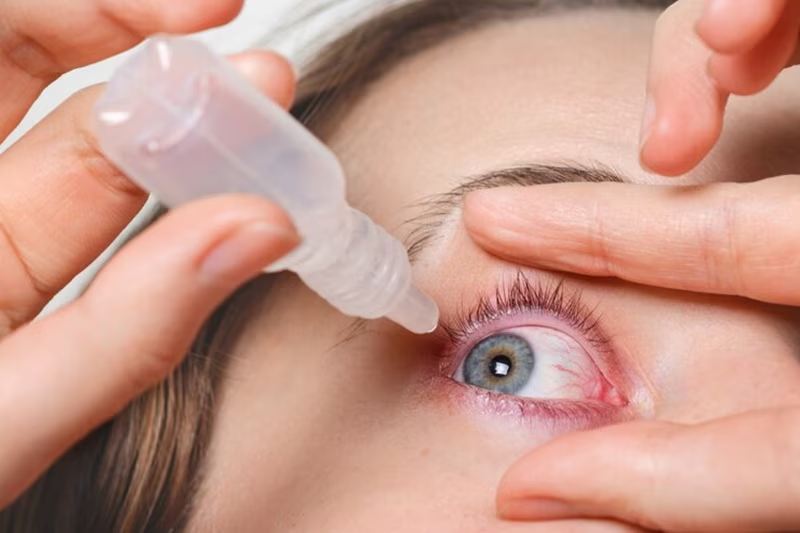
Preventing eye diseases must always go hand in hand with eye hygiene and environmental hygiene - Illustration photo
Disease prevention
The disease is transmitted from person to person through tears and discharge containing many pathogens. People with conjunctivitis often rub their eyes, then touch shared objects in the home, workplace, school, etc., causing others to become infected when using those objects. It can also be transmitted through public swimming pools.
In normal people, tears are drained down the nose through the lacrimal system. When conjunctivitis occurs, tears containing pathogens are drained down the nose and throat. When the patient talks or sneezes, the nasal secretions are sprayed into the air, causing illness to others.
To prevent the disease, people with conjunctivitis should take time off from school, work, and limit going to crowded places to avoid infecting others. Contact lenses should be stopped for a few days when acute conjunctivitis occurs.
Use your own items and do not rub your eyes. Wash your hands before and after applying medication. If you must use shared items, wash your hands with soap first. After recovery, clean your eyeglasses with soap to avoid reinfection.
Do not throw away cotton swabs after use to clean eyes. Regularly wash towels with soap and dry in the sun. Clinics need to wash hands and sterilize instruments properly. In addition, the environment and house need to be clean.
Source: https://tuoitre.vn/benh-dau-mat-do-co-the-bung-phat-thanh-dich-sau-lu-phong-tranh-the-nao-20240912184754541.htm







![[Photo] Dan Mountain Ginseng, a precious gift from nature to Kinh Bac land](/_next/image?url=https%3A%2F%2Fvphoto.vietnam.vn%2Fthumb%2F1200x675%2Fvietnam%2Fresource%2FIMAGE%2F2025%2F11%2F30%2F1764493588163_ndo_br_anh-longform-jpg.webp&w=3840&q=75)
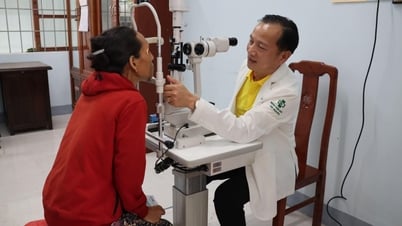

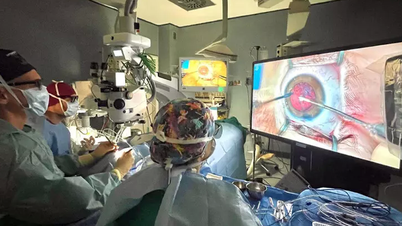



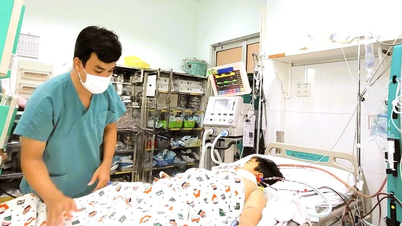

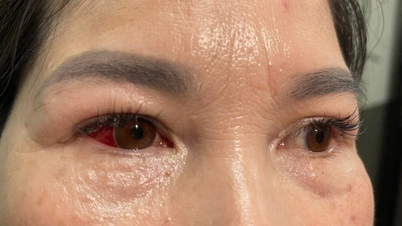






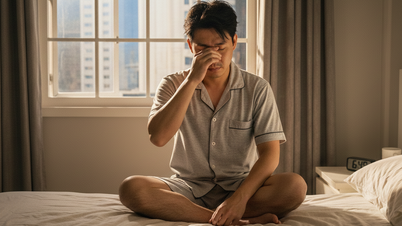

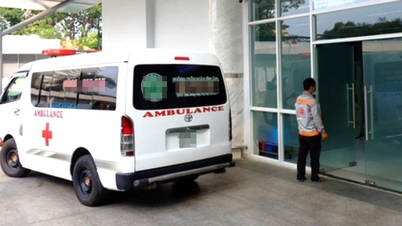














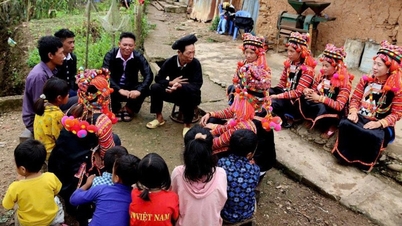
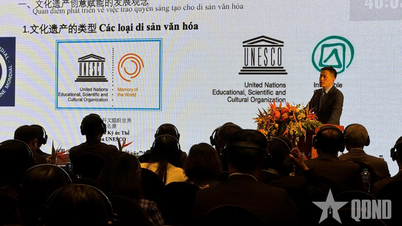

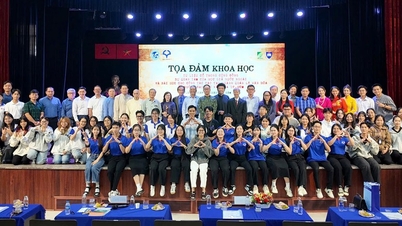




















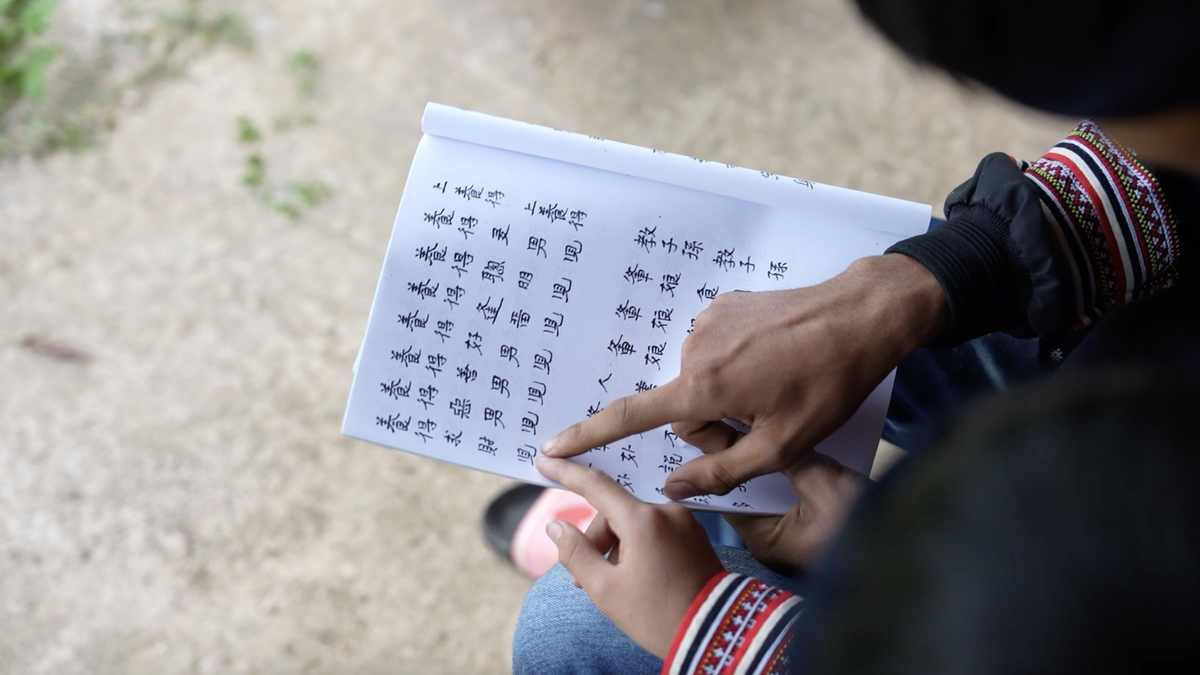



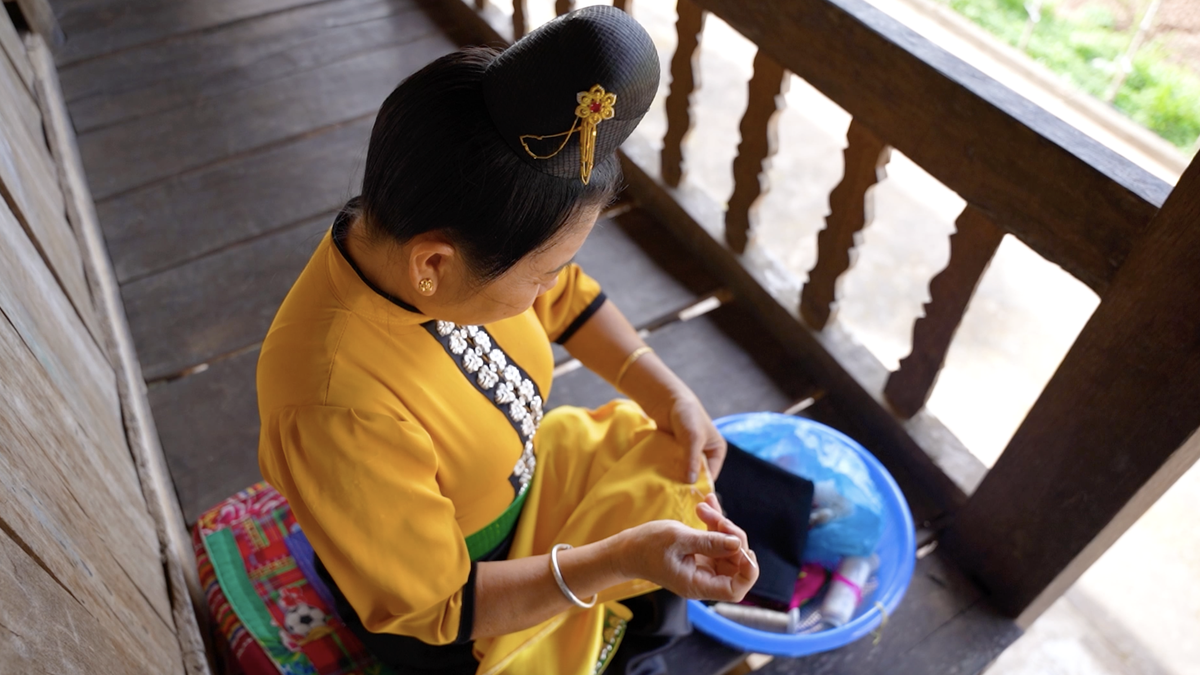








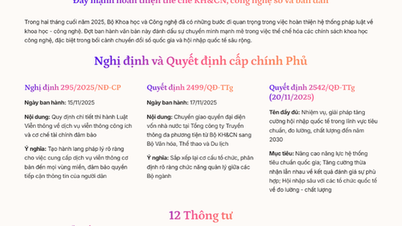

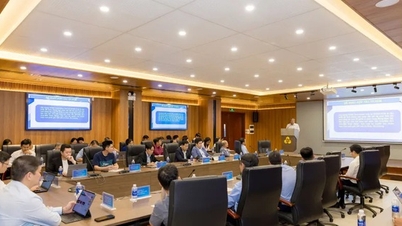
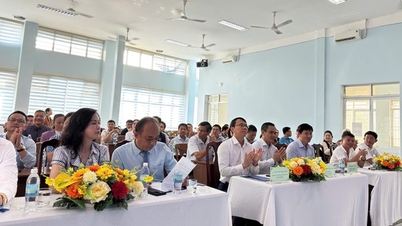



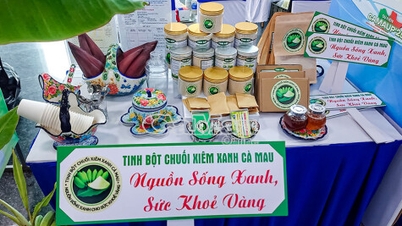

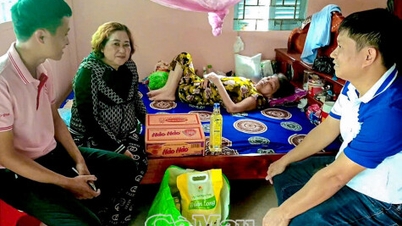
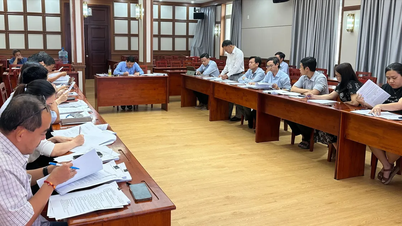


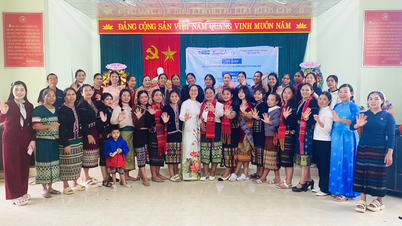

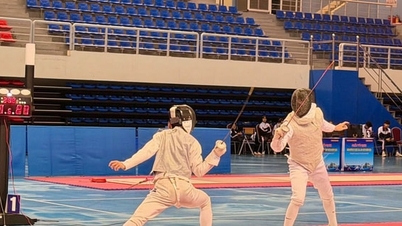


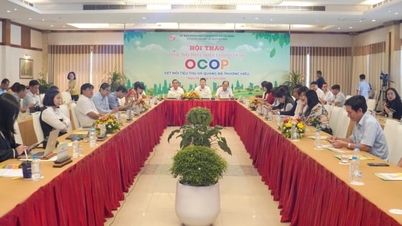









Comment (0)